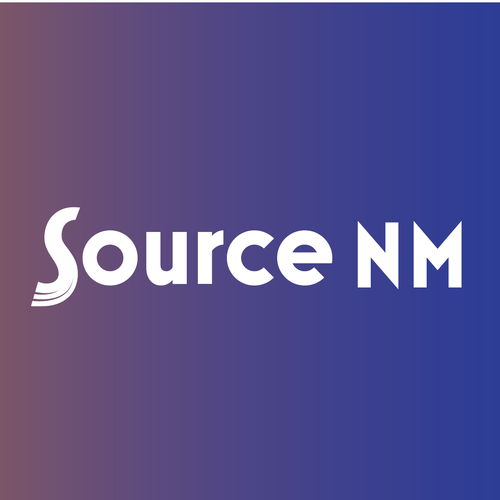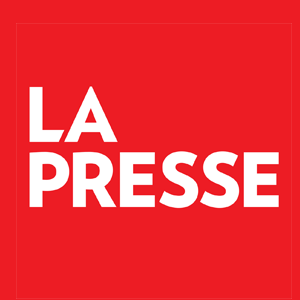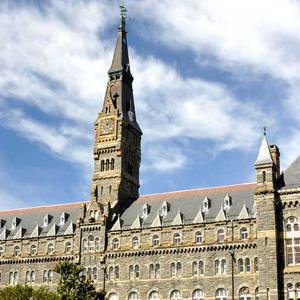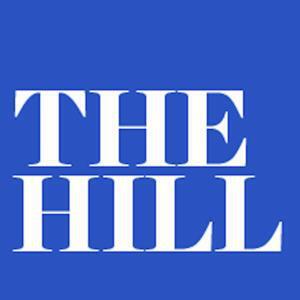- Two Associated Press journalists testified that the Trump administration’s ban on their reporters and photographers is an attack on free speech and should be overturned, as it is severely affecting their coverage.
- The AP sued the White House, seeking reinstatement after being banned from the Oval Office and Air Force One for refusing to use “Gulf of America” in its stylebook. U.S. District Judge McFadden suggested that the ban may be unconstitutional.
- The ban has hindered significant coverage, such as the meeting between President Trump and Ukrainian President Zelenskyy, and led to softer questions directed at the president, the journalists claim.
Full Story
Two journalists from The Associated Press testified Thursday, March 27, that the Trump administration’s ban on its reporters and photographers is an attack on freedom of speech and should be overturned.
White House correspondent Zeke Miller and Chief Photographer Evan Vucci spoke on the stand before U.S. District Judge Trevor McFadden and described how the ban has severely hampered their coverage.
How did the AP ban start?
Last month, the AP sued White House Press Secretary Karoline Leavitt and two other administration officials, demanding reinstatement after they were banned from the Oval Office and Air Force One over the organization’s refusal to use “Gulf of America” in its stylebook.
McFadden, who was appointed by President Donald Trump, previously denied a temporary restraining order, which would have frozen the ban.
However, he said the ban was likely unconstitutional and suggested the White House change it.
The AP’s lawyer, Charles Tobin, argued the White House had instead doubled down since McFadden’s decision in February.

Download the SAN app today to stay up-to-date with Unbiased. Straight Facts™.
Point phone camera here
“The AP spent 44 days in the penalty box,” Tobin said. “We hope to remove this unconstitutional hurdle to get the AP access to the press pool again.”
Vucci testified that the administration’s decision to ban the AP negatively impacted its coverage of the meeting between President Trump, Vice President JD Vance and Ukrainian President Volodymyr Zelenskyy. He said the organization had to rely on one of its foreign-based photographers to capture visuals of the event.
“That was one of the wildest things to ever happen in the Oval Office, and we just didn’t have it,” Vucci said.
Vucci has worked as an AP photographer since 2003, taking several iconic photos, such as an Iraqi journalist throwing his shoes at former President George W. Bush and Trump raising his fist following a failed assassination attempt in Butler, Pennsylvania.
Miller said he noticed an apparent “softening of tone and tenor” in the questions posed to the president since the AP has been banned.
He pointed to the recent coverage of the SpaceX mission to retrieve the stranded astronauts from the International Space Station.
When they landed in the Gulf of Mexico, he said several outlets only referred to it as “the Gulf.”
What happens next?
McFadden said Miller’s example may not be enough to show that the wider media had been impacted by the AP’s ban and instructed Tobin not to file a declaration providing specifics from certain outlets’ coverage that day.
He explained any more factual filings would further delay his eventual ruling.



























